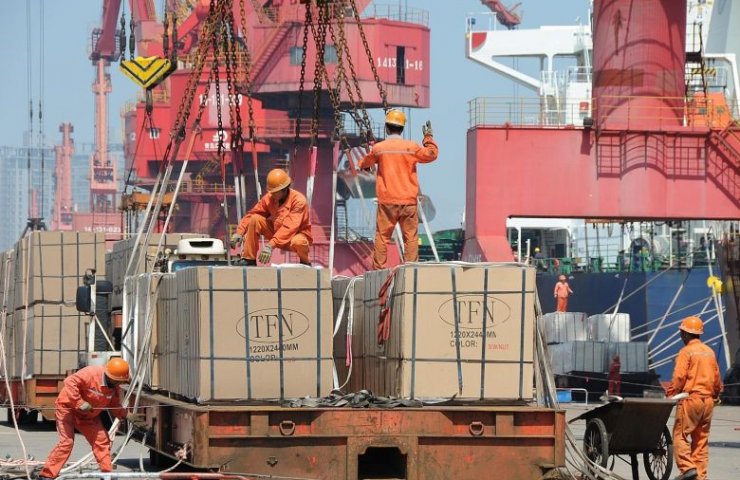Prices for industrial materials in Asia have plummeted as China's economy slows in a year of trade war with the United States.
The price of hot rolled steel coil used in automobiles and industrial equipment is currently hovering around $ 550 per tonne for shipments to East Asia, down 10 percent from a year ago. Since trade claims between the US and China intensified last fall, prices for plastic used in exteriors for consumer electronics have plummeted as well, sagging even further, dropping nearly 30 percent from a year earlier.
China's economy has come under pressure as additional US tariffs on Chinese products cut exports, which account for a fifth of the country's GDP. China's official purchasing managers' index (PMI) for the manufacturing sector fell below the equilibrium line of 50 for the second straight month in June.
Despite the fact that demand is declining, and China accounts for about half of the world's steel consumption, the production of raw steel in the republic remains at a record high, while the surplus product is dumped into the East Asian markets. China's exports rose 2.5 percent from January to May over the same period last year.
Japan's steel industry was the first to be hit. From January to May 2019, steel imports from China rose 73 percent from a year earlier. Stocks of thin steel sheets in Japanese warehouses reached a 10-year high of 4.62 million tonnes at the end of May. Complaints about the increase in imports come from India and Indonesia, which have initiated relevant investigations.
US President Donald Trump agreed to postpone an additional round of tariff increases when he met with Chinese President Xi Jinping at the Group of 20 summit in Osaka late last month. However, the market remains wary of new tariffs that could undermine demand for materials.
The wholesale price for one 32-inch non-backlit LCD panel is approximately $ 40. Prices jumped temporarily in early spring due to significant shortages, and then fell in May.
It looks like Chinese TV makers are refraining from buying materials. Any additional duties imposed by Washington will increase the prices of TVs in the United States, leading to lower exports to this market.
China is also responsible for half of the world's copper demand, which is considered the leading economic indicator. Three-month copper futures on the London Metal Exchange are currently trading at around $ 5,900 per tonne, down 5 percent from a year earlier.
Copper starts to rally this month amid speculation about lower interest rates in the US, but analysts still believe that upside potential is limited.
The price of oil, which is below its level a year earlier, also reflects fears of a slowdown in the global economy amid the trade war. Tensions between the United States and Iran are also affecting commodity and base metals market dynamics.




